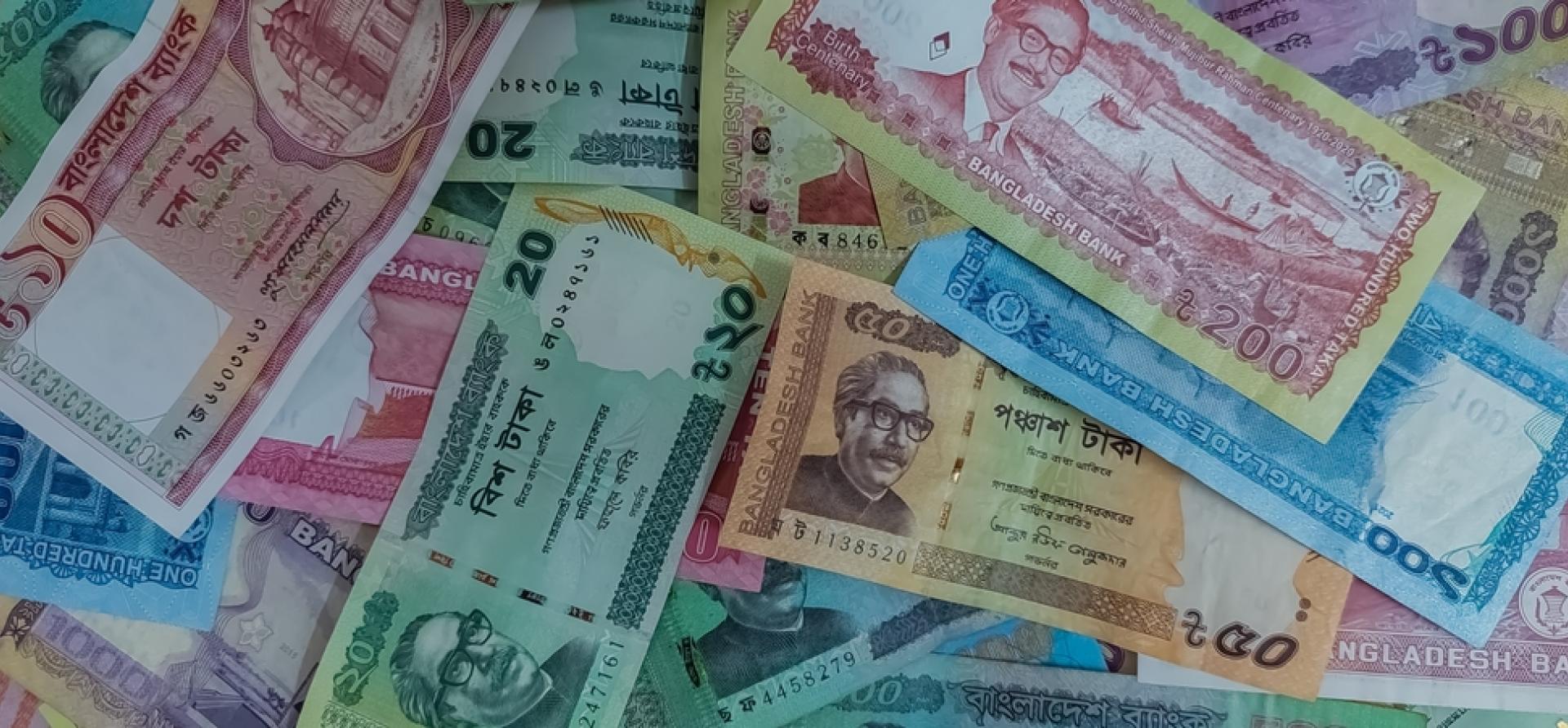Finance is key to Bangladesh’s energy transition

Key Findings
Bangladesh must invest more in renewable energy and energy efficiency to reduce fossil fuel imports and reverse the increasing trajectory of the subsidy burden.
The Integrated Energy and Power Master Plan 2023 estimates that the combined capacity of 37.8GW renewable energy without energy storage systems will cost Bangladesh US$37.4 billion (under the advanced technology scenario).
According to IEEFA’s estimate, even the installation of 20GW renewable energy capacity with battery storage for 30% of the capacity for four-hour back-up may require around US$1 billion investment a year through 2050.
Early preparation to identify and access finance while developing the capacity of local financial institutions is key to driving an effective and sustainable energy transition.
Bangladesh is facing a double whammy. On one hand, climate-change-induced events continue to ravage the country, compelling it to spend 6-7% of its annual budget on adaptation each year. On the other hand, transitioning to capital-intensive clean energy is also a necessity for the country, given its reliance on fossil fuels, which increases costs and drives up inflation. These competing priorities mean that Bangladesh will need to consistently invest in critical climate-resilient infrastructure and clean energy technologies in the next several decades.
To achieve these goals, it is important that Bangladesh streamline its funding schemes and identify viable sources of financing.
Drivers of a clean energy transition
Cyclone Remal, which hit Bangladesh in May 2024, affected as many as 3.8 million people, damaging 150,000 houses. This was not a one-off event. Although Bangladesh is prone to cyclones of similar magnitude or more, such extreme events are likely to become frequent in future. As a result, the country will need more funding to adapt to climate change.
There are several reasons why Bangladesh should invest in clean energy. Dependence on imported fossil fuels has proven costly for Bangladesh. Apart from the high price volatility of fossil fuels in the international market during 2022-23, the recent devaluation of the Bangladeshi Taka (Tk) by Tk7 per US$ in May 2024 has made fossil fuel imports more costly. As a result, the Bangladesh Petroleum Corporation (BPC) incurred an additional cost of roughly Tk5 billion (US$42.3 million) to import fuel oil in May 2024. BPC’s annual cost may increase by Tk60 billion (US$.51 billion), which is enough to install a combined rooftop solar capacity of more than half a gigawatt (GW).
Since importing fossil fuels such as liquefied natural gas and coal is also expensive now, the government will feel the pressure of increasing tariffs for electricity and gas.
However, raising tariffs cannot eliminate the subsidy burden. The subsidy for the power sector soared to Tk 395.35 billion (US$3.34 billion) in fiscal year (FY) 2022-23 from Tk296.58 billion (US$2.51 billion) in FY2021-22 despite the 15% tariff hike on electricity between January and March 2023.
Bangladesh must invest more in renewable energy and energy efficiency to reduce fossil fuel imports and reverse the increasing trajectory of the subsidy burden.
Energy transition will necessitate billions in financing
According to the Integrated Energy and Power Master Plan (IEPMP 2023), Bangladesh plans to install a total of 37.8GW new renewable energy (primarily solar and wind) capacity until 2050 under the advanced technology scenario (ATS) (taking the in-between growth scenario which considered the average of the growth rates projected in the country’s perspective plan and the International Monetary Fund’s estimates). The IEPMP estimates that the combined capacity of 37.8GW renewable energy without energy storage systems will cost Bangladesh US$37.4 billion.
However, renewable energy capacity may reach 26.2GW in 2050 under the in-between growth case, excluding ATS. The changed IEPMP scenario indicates that the country may have 17% renewable energy by 2050, implying that the installed renewable energy capacity will be less than 20GW.
According to IEEFA’s estimate, even the installation of 20GW renewable energy capacity with battery storage for 30% of the capacity for four-hour back-up may require around US$1 billion investment a year through 2050.
Financing the energy transition
Bangladesh should set a mission that is fit-for-purpose to lead an effective energy transition, with finance at its core. This is not only due to insufficient financing schemes, but also the challenges posed by the current banking and finance framework in the country.
For instance, Bangladesh Bank’s refinancing scheme of Tk4 billion (US$33.84 million) for environment-friendly projects has recently been increased to Tk10 billion (US$84.6 million), but the cap for a loan to a solar park is only Tk0.3 billion (US$2.54 million). The loan amount is inadequate in relation to the required finance volume, even for a 10 megawatt (MW) solar project.
To accelerate its energy transition, Bangladesh should explore available financing avenues, such as multilateral development banks (MDBs), green bonds, private equity funds, investment promotion and financing facilities.
- The Infrastructure Development Company Limited, a non-banking financial institution (NBFI), finances utility-scale clean energy projects in Bangladesh with funding from multilateral and bilateral agencies. Likewise, another NBFI, the Bangladesh Infrastructure Finance Fund Limited, can extend debt finance to clean energy projects. However, other local financial institutions should also develop the capacity to access the low-cost finance offered by MDBs. As the country mostly imports clean energy technologies, funding in US$ is of utmost importance to ensure a smooth opening of letters of credit (LCs) for projects.
- Bangladesh Bank published a policy for the issuance of green bonds by banks and financial institutions in 2022. Green bonds can help expedite the clean energy transition in Bangladesh by raising funds for capital-intensive clean energy projects. Institutional investors have a major role to play as a large-scale renewable energy project may require funding worth several hundred million US$. It is imperative to incentivise individual investors with green bonds when the government’s saving instruments provide lucrative returns.
- A lack of equity among sponsors often delays renewable energy projects. Private equity firms with a focus on environmental, social and governance (ESG) may invest in renewable energy projects. These firms are still at a nascent stage in Bangladesh.
- Bangladesh Bank’s Investment Promotion & Financing Facility, supported by the World Bank, helped develop infrastructure projects in the country. While the funding phase has ended, a new phase, if launched, may speed up the energy transition. The scheme will be fit for purpose as the fund is disbursed in dollars with a tenor of 20 years.
Early preparation to identify and access finance while developing the capacity of local financial institutions is key to driving an effective and sustainable energy transition. The situation demands a bold response – defining a path that will not compromise the needs of the country, both on the climate adaptation and energy transition fronts.
(This article was first published by The Daily Star)















